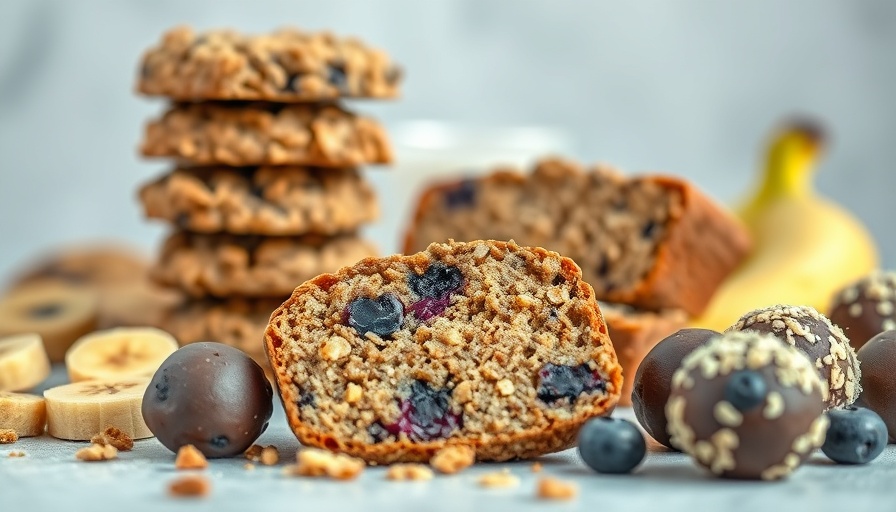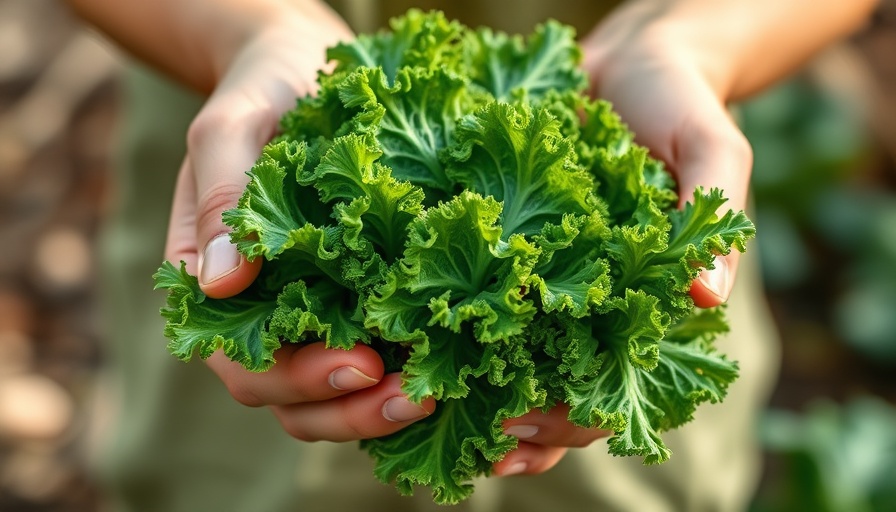
Discover Low-Carb Meals That Transform Dinner
Are you tired of the same dinner routine? It’s time to swap out the ordinary for exciting, low-carb meals that not only taste great but also support your health goals. With an increasing focus on maintaining healthier diets, these low-carb recipes offer delicious options that make mealtime enjoyable again.
Why Low-Carb Meals Matter
Low-carb diets have gained popularity, especially among those aiming for weight loss and better overall fitness. By reducing carbohydrate intake, you can help manage blood sugar levels and promote fat burning, making it easier to maintain a healthy weight. Meals packed with wholesome ingredients like fresh vegetables, lean proteins, and healthy fats contribute to a balanced diet and better energy levels throughout the day.
Refreshing Recipe Ideas You'll Love
Here are a few standout dinners that will help you break free from mundane meals:
- Bunless Bacon Burger: Savor the robust flavor of a classic burger without the bun, making this a low-carb favorite that’s easy to prepare.
- Asparagus Pasta Tagliatelle: Enjoy a lighter, veggie-packed pasta dish that still delivers on taste.
- Bacon Fathead Pizza Dough: Create a crispy pizza crust using bacon and cheese, satisfying your cravings while sticking to your diet.
- Cheesy Crack Chicken Casserole: This rich, creamy casserole is perfect for hearty dinners while keeping the carbs at bay.
- Air Fryer Popcorn Chicken: Enjoy the crunch of fried chicken without the added oil, perfect for a busy lifestyle.
Elevate Your Cooking Skills with Low-Carb Options
Experimenting with low-carb recipes opens a world of culinary creativity. Dishes like Almond Flour Taco Shells and Baked Sausage and Sauerkraut can be made easily at home. These meals not only taste phenomenal but will also impress your friends and family. They can be customized with your favorite toppings or sides while leaning on seasonal ingredients.
Future Trends in Low-Carb Eating
The future of dining trends may heavily lean toward low-carb options. Healthy eating is essential as many consumers are shifting their mindset toward nutritious meals that meet their dietary needs. Meal kits focused on low-carb ingredients and cooking classes are expected to soar in popularity, making it easier to incorporate these recipes into daily life.
Cultural Connections to Low-Carb Meals
Understanding the cultural significance behind various ingredients can heighten your appreciation for low-carb meals. Ingredients such as vegetables and lean meats have historically been staples in many diets worldwide but have gotten overshadowed by more conventional options. By returning to these roots, we celebrate the rich diversity of food that fulfills our nutritional needs.
The Emotional Connection with Food
Food is not just sustenance; it connects us to memories, traditions, and each other. Low-carb meals can also be a way to foster connections among family and friends at the dinner table. Preparing meals that fit a healthy lifestyle while creating enjoyable experiences is a significant aspect of cooking.
Get Started with Low-Carb Cooking!
Taking the first step toward low-carb meals can be as simple as trying out one recipe each week. Compilation of your favorite meals into a weekly meal prep routine can save time and make healthy eating more convenient. Encourage family members to join you in this culinary adventure, inspiring everyone to partake in healthier eating habits.
Balance your diet and reimagine mealtime by incorporating these fresh and invigorating low-carb recipes. Discovering new flavors and simplifying your cooking routine can be a delightful journey!
 Add Row
Add Row  Add
Add 







Write A Comment